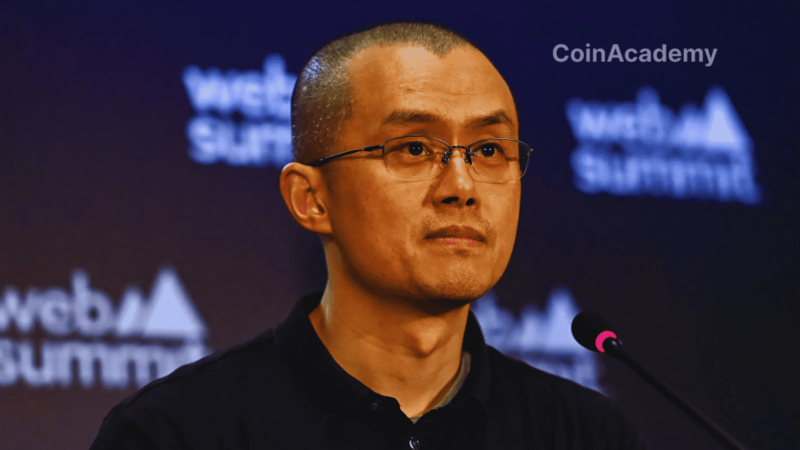Circle Relaunches Global Payments Strategy with New USDC Cross-Border Transfer Network
In its quest to compete with Visa and Mastercard, Circle has launched a new network for payments and cross-border transfers using the USDC stablecoin. This move comes at a time when regulations are becoming more favorable towards stablecoins, aiming to strengthen institutional backing and transparency in light of USDT.
Circle’s ambition is clear: to make USDC a global payment standard and capture a significant share of the international remittance market.
Circle is making its mark in the international payment sector from the top of the One World Trade Center. The company behind the USDC stablecoin has announced the launch of a new payment and cross-border transfer network that aims to revolutionize the use of stablecoins worldwide.
Payment Network: A Return to Circle’s Origins
While Circle has established itself as a pillar of the crypto ecosystem in recent years with its USDC stablecoin, the company is now strategically returning to its payment infrastructure roots. Announced at a private event on the 87th floor of the One World Trade Center, this new product aims to bring together banks, fintech companies, payment service providers, and strategic partners on a network capable of competing with industry giants like Visa and Mastercard.
This payment network starts with international transfers but clearly aims for a broader domination in the payments landscape.
This bold positioning reflects the vision of Circle’s CEO, Jeremy Allaire, who believes that stablecoins are ready to become the global payment standard.
A Favorable Regulatory Environment
This launch comes at a time when regulatory frameworks around stablecoins are rapidly evolving, particularly in the United States and Europe. This dynamic breathes new life into companies like Circle, which have long been in direct competition with Tether, dominating the market in terms of volume. However, Circle intends to leverage the transparency of its model, its institutional backing, and its close relationship with regulators to regain the advantage.
The growing appetite for stablecoin payment solutions is already evident. Providers like Fireblocks report billions of dollars transferred monthly via channels using USDC or USDT, particularly in cross-border payments. A scale shift is underway.
Circle’s Global Ambition with USDC
Circle does not hide its ambitions: ultimately, USDC could become as ubiquitous in international payments as WhatsApp has been for global calls, according to a recent analysis by Andreessen Horowitz. This comparison is significant, as Circle aims to disrupt traditional money transfer channels and capture a share of the remittance market, estimated at over $800 billion annually.
This offensive comes at a pivotal moment for the company, which had announced its intentions to go public in the United States but postponed the IPO due to market volatility. However, with this launch, Circle emphasizes that it is more than just a crypto company—it is a payment enterprise ready to shake up the status quo.




